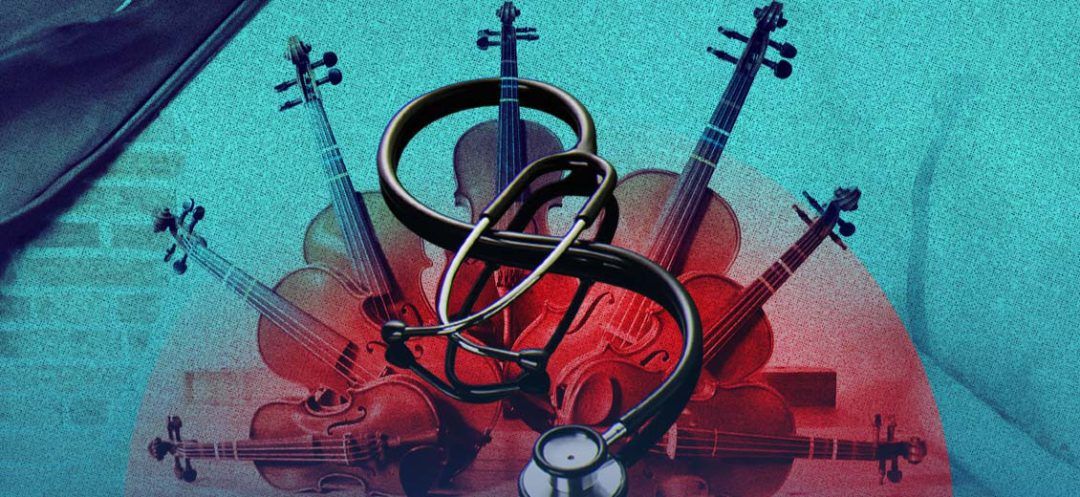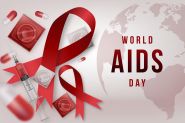
From the modal music therapy of the Greeks and Arabs to contemporary neuro-music therapy, this field has evolved over the centuries, making use of the psychophysiological effects of music on both body and mind.
According to Plato, if music soothes the soul, it also holds therapeutic virtues. Over the centuries, human experience has revealed a deep connection between music and healing, both physical and mental. This therapy, in all its forms, has a long and established history.
"Music therapy, or the art of healing — and rehabilitating — through music, began with what I call 'modal music therapy' among the ancient Greeks and medieval Arabs. They used the ethos (emotional content and effects) of melodic modes in compositions to induce states of ecstasy and trance in patients," explains Professor Nidaa Abou Mrad, Dean of the Faculty of Music and Musicology at Antonine University, to This is Beirut. According to the musicologist, this practice allowed them to free themselves from their ailments — which embodies the very principle of catharsis — or to counteract their "excessive humors," in line with the humoral theory attributed to Hippocrates.
Heal and Rehabilitate
"Music therapy evolved into its second stage in the mid-20th century in the West, where psychologists and acousticians strived to explore the relaxing and sedative virtues of listening to music (such as reducing anxiety and pain) through what is known as 'functional music therapy,'" adds Professor Abou Mrad, a medical doctor and founder of the music therapy program at Antonine University.
He noted that Freudian psychologists later sought to harness the communicative virtues of music, inherent to the psychoanalytic paradigm, through "receptive music therapy" (based on the patient's listening to music) and "active music therapy" (based on the patient's engagement in music-making). This approach emphasizes the therapeutic relationship, initiated by music, between the patient and the therapist.
Modern research has shown that music can powerfully influence and regulate emotions and mood states, with measurable impacts on heart rate, blood pressure, and respiration. For instance, some studies have indicated that heart and respiratory rates increase in response to stimulating music compared to calming music. Additionally, music leads to changes in the activity of brain structures such as the amygdala, hypothalamus, insular cortex, and orbitofrontal cortex, which are involved in regulating cardiac function.
From Rehabilitation to Therapy
The latest advancement in this field is neuro-music therapy (NMT). Most specifically, NMT targets patients with neurological disorders affecting cognitive, sensory, or motor functions. It plays a key role in the rehabilitation of individuals with brain injuries (such as strokes) or degenerative diseases (such as Parkinson's or Alzheimer's), as well as those with autism spectrum disorders and other cognitive impairments. "Taken in a broader sense, which I recommend to the scientific community, NMT marks the emergence of a neuroscientific paradigm in music therapy. It expands to include neurology and cognitive neuropsychology of music, not only to rehabilitate patients with neurological conditions but also to apply neuroscientific approaches to music, focusing on its therapeutic effects," the expert emphasizes.
Finally, Abou Mrad concludes, "The current stage of development in this field is ‘integrative music therapy,’ which, according to François-Xavier Vrait, President and Founder of the French Federation of Music Therapy, aims to integrate the aforesaid models to better serve the patient."
Read more




Comments